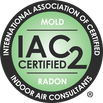Mike's Home Inspector BlogMichael Burfitt |
|
As a home inspector, I understand the paramount importance of fire safety in homes. With this week being Fire Prevention Week across North America, it's the perfect time to emphasize the significance of fire prevention and preparedness. This annual event serves as a reminder that taking proactive steps to prevent fires is crucial in safeguarding your family and property.
Why Fire Prevention Matters Each year, fire-related incidents claim lives, cause injuries, and result in substantial property damage. Many of these tragedies can be prevented through awareness and action. Fire Prevention Week aims to educate homeowners and renters alike on fire safety practices that can make a world of difference. A Home Inspection's Role in Fire Prevention I've seen firsthand how crucial it is for homeowners to ensure their properties are safe from fire hazards. During a home inspection, I assess various elements that contribute to fire safety, including:
The Two Most Common Causes of House Fires I have reviewed the data from Halifax Fire and Emergency, and it quickly became clear that the two most common causes of house fires are smoking and electrical issues. Smoking-Related Fires: Smoking is not only hazardous to your health but can also pose a significant fire risk. Carelessly discarded cigarette butts, ashes, or improperly extinguished smoking materials (especially outside the home) can easily ignite flammable materials, leading to devastating fires. To prevent smoking-related fires, it's essential to use designated smoking areas, never smoke in bed, and ensure cigarette butts are extinguished in proper receptacles. Electrical Fires: Electrical fires are a hidden danger that can lurk within our homes. Overloaded outlets, faulty wiring, and malfunctioning appliances can all spark electrical fires. To safeguard against these risks, it's crucial to have regular electrical inspections, avoid overloading outlets, and replace damaged cords or equipment promptly. Maintaining a safe electrical system is vital to protect your home from the devastating consequences of electrical fires. Many electrical fires can be traced to extension cords. These are generally okay for temporary use but are not meant to be used for permanent power. If a home doesn’t have adequate receptacles an electrician can usually help safely add more to a home. Home inspectors and firefighters both share a common belief that the best way to deal with a disaster at home is to prevent it from happening in the first place. …or why I have two smoke detectors next to each other in the basement. One of the biggest safety issues I see in my home inspections is also one that is easy to remedy: the lack of smoke detectors or (more commonly) the prevalence of smoke detectors that are past the 10-year life expectancy and should be replaced. It’s an easy fix: almost every hardware store sells them for a very affordable price. They are not only an invaluable life safety device that can save lives but, along with fire extinguishers, can help stop a fire from becoming out of control and destroying a home. As mentioned, I have two smoke detectors in very close in proximity in the basement. The obvious reason for this is so that there is no question we will hear the alarm upstairs while sleeping and as a backup if one fails, but it is a little more complicated than that. The main reason is that the detector present when we moved in was ionization and I wanted an photoelectric alarm, especially near the dryer. Does this mean a photoelectric detector is better? The truth is more complicated than that. Ionization Advantages The biggest advantage of this type of detector is that it is superior in detecting flaming fires. In other words, fast moving fires that can quickly overwhelm occupants and block escape routes. This would be fires as the result of paper, wood or flammable liquids to give a few examples. These detectors are, believe it or not, filled with a radioactive substance called Americium. As scary as that sounds, the amount is astronomically tiny and poses no threat as long as they are not deliberately dismantled. In my experience, most smoke detectors utilize ionization technology. Why Use a Photoelectric Detector? Photoelectric smoke detectors are better at detecting smoldering fires, which are fires that are barely visible with a lazy haze of smoke, often for hours. A common example would be a burning cigarette, and a photoelectric detector can alert occupants to a situation that can lead to a flaming fire and give time to act (either fight or flee) accordingly. Which is Better?
I will again use my most common stock phrase and say “it depends” but the most important fact is that placement is far more important than what type you have. The simple facts are:
While it is a great idea to know the difference between the two types of residential smoke detectors, this is not generally something that home inspectors note. What IS important is that smoke detectors are installed, are working, and are well placed to maximize safety and minimize nuisance alarms. It is concerning that few homes have proper smoke detectors installed and this is one of the easiest and cheapest DIY jobs. I hope that one day I will never again hear about a fatality caused by occupants not being aware of a house fire and being unable to escape in time. Recently we have been doing a little spring cleaning in the summer and trying to do some organizing. I must admit I have a hard time letting go of items “just in case” although I certainly cannot be considered a hoarder in any way. There are several TV shows that cover the topic of hoarding and while they are informative, they tend to show the worst examples of a hoarding disorder.
What is Hoarding? The generally accepted definition of hoarding is someone who has “persistent difficulty with getting rid of possessions, especially with little or no value”. Like many other issues, it is not an all or nothing condition and various stages of hoarding exist. Generally, for a home inspector this means a hoarded home has items stored outside the normal expected areas in a house such as in stairways, in the middle of living room floors and an excessive amount on kitchen counters. The Main Problems with Hoarding The most obvious one to home inspectors is that an unusually large number of belongings in a home makes it difficult to do our jobs. We don’t have the ability to move a significant amount of homeowner belongings, and this can conceal signs of water damage or mold growth. The biggest concern however is safety. Hoarding and Emergencies When you think of emergencies, most people think of needing a clear path to escape in a fire or for paramedics to enter. Even with a path cleared that doesn’t mean that fire safety can be ignored. It takes very little time for toxic smoke to overwhelm someone, often in seconds rather than minutes. The more obstacles to walk around, the higher the chances of a tragic outcome. From a home inspection point of view, there is another potential emergency that few new homeowners think of: access to shut offs. All homes should have at least 2 and possibly 3 or more: they are usually located:
Burst plumbing in particular can do devastating amounts of damage in only a short period of time. Electrical arcs can cause fires if not immediately de-energized and electrocution can occur by touching even a single live wire if the electrical source is not stopped immediately. Some outlets in a home are protected by GFCI (Ground Fault Circuit Interrupters) but this is not universally required on all receptacles, particularly in older homes and, like an airbag or a seatbelt should not be 100% relied on to save your life. Too Many Things are a Liability, NOT an Asset Of course, many of us find that we have accumulated many more items in our house than we had when we moved in but it is vital that we regularly manage our clutter to keep it from impeding the safe function of our home. Too many assets can actually be a liability. Always keep things in designated storage spots so you will have access to everything necessary to maintain your home and be safe. Your local home inspectors and emergency responders thank you! 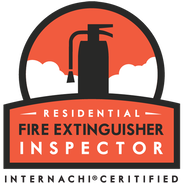 We are fortunate in Nova Scotia to have countless dedicated fire departments to protect our lives and property. While I am comfortable with the level of coverage we have in Halifax and sleep easier knowing we have a highly skilled group of professionals ready to deploy, the simple fact is that when it comes to house fires, often the fire department cannot arrive in time to save a home and contrary to popular belief, newer homes generally burn much faster due to the large number of synthetic materials used in new construction and furniture, such as oriented strand board (OSB). There are five basic types of fires. They are: Class A – Wood, Paper, Cloth Class B – Gasoline, Paint, Oil, Grease Class C – Live Electrical Equipment Class D – Combustible Metals Class K – Commercial Cooking Oil Class D and K are not generally something to worry about in most homes so that leaves A, B & C. Fortunately, extinguishers rated for all three types of fires are easy to find so there is no need to carry three different types of extinguishers. As someone who has assisted in teaching proper fire extinguisher operation and a professional home inspector, I am concerned about the general lack of fire protection in the homes I inspect, with usually no more than one extinguisher that is so old it should be replaced. Personally, I have a total of 4 ABC extinguishers at home and are located:
The single biggest takeaway from this article is to save the heroics for the movies. It only takes minutes for a fire to become fatal and if you are not able to extinguish it within seconds, it is time to flee and call for emergency help (911 works anywhere in Nova Scotia). It is important to learn the proper PASS (Pull pin, aim at the BASE of the flame, and sweep side to side) technique for fighting a fire, never turn your back to a fire, make sure you have a clear and immediate escape path and, as I learned firsthand, fires can very quickly re-ignite if not completely extinguished. Have a fire plan in place, call the fire department even if the fire is put out and no matter how silly it feels practice an escape plan regularly with your family. It has been a challenging year to say the least and I do not want to read any tragic stories about a family who lost their homes or their lives due to a lack of a fire safety plan. If you do not have at least one fire extinguisher in your home, head to your nearest store today and pick one up. |
Archives
July 2024
Categories
All
|
|
Inside Edge Home Inspections Ltd.
Halifax, NS 902-209-9921 [email protected] Proudly Serving the HRM & Central Nova Scotia |

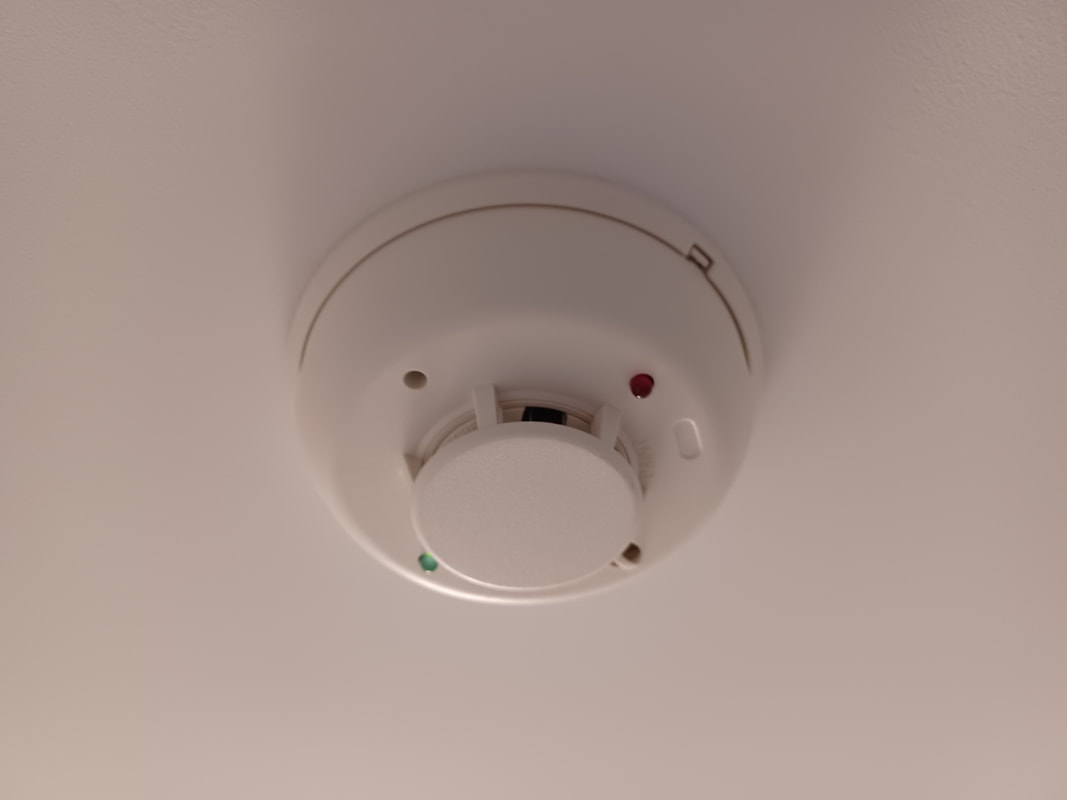
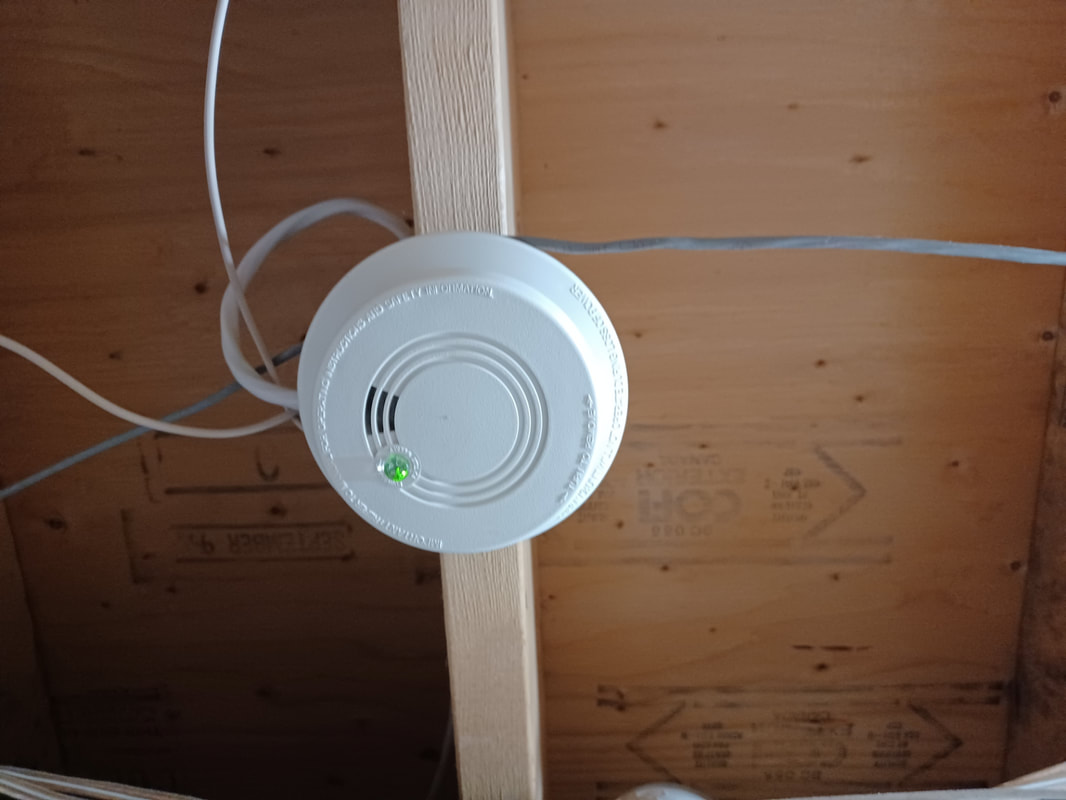
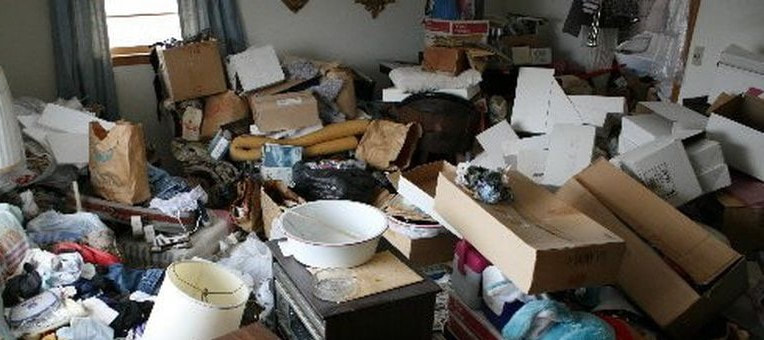
 RSS Feed
RSS Feed

